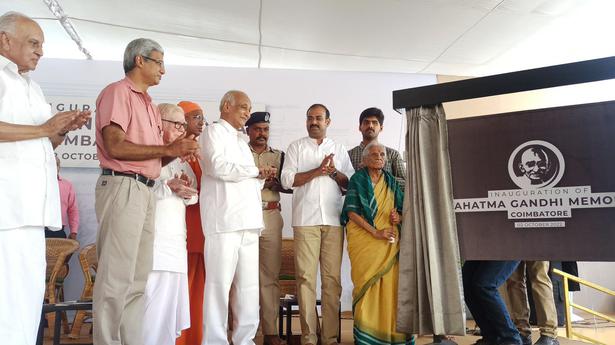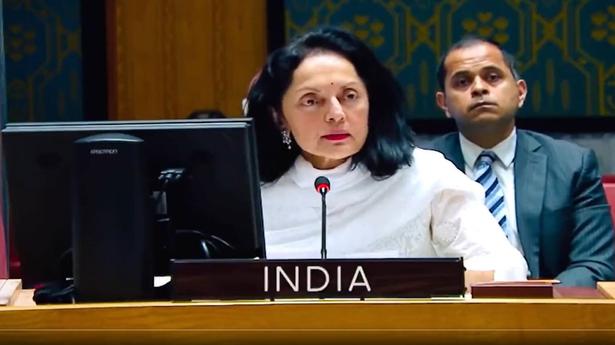Study says it fell from 111 boys per 100 girls in 2011 to 108 boys per 100 girls in 2019-21
Study says it fell from 111 boys per 100 girls in 2011 to 108 boys per 100 girls in 2019-21
The latest study by Pew Research Center has pointed out that “son bias” is on a decline in India and the average annual number of baby girls “missing” in India fell from about 480,000 (4.8 lakh) in 2010 to 410,000 (4.1 lakh) in 2019. The “missing” here refers to how many more female births would have occurred during this time if there were no female-selective abortions.
The problem began in the 1970s with the availability prenatal diagnostic technology allowing for sex selective abortions. Among the major religions, the biggest reduction in sex selection seems to be among the groups that previously had the greatest gender imbalances, particularly among Sikhs.
World over, boys modestly outnumber girls at birth, at a ratio of approximately 105 male babies for every 100 female babies. That was the ratio in India in the 1950s and 1960s, before prenatal sex tests became available across the country. India legalised abortion in 1971 but the trend of sex selection started picking up in the 1980s due to the introduction of ultrasound technology. In the 1970s, India’s sex ratio was at par with the global average of 105-100, but this widened to 108 boys per 100 girls in the early 1980s, and reached 110 boys per 100 girls in the 1990s.
“From a large imbalance of about 111 boys per 100 girls in India’s 2011 census, the sex ratio at birth appears to have normalised slightly over the last decade, narrowing to about 109 in the 2015-16 wave of the National Family Health Survey and to 108 boys in the latest wave of the NFHS, conducted from 2019-21,” the report states.
The Pew Research Center report points out that between 2000-2019, nine crore female births went “missing” because of female-selective abortions. The report has also analysed religion-wise sex selection, pointing out that the gap was the highest for Sikhs.
“In the 2001 census, Sikhs had a sex ratio at birth of 130 males per 100 females, far exceeding that year’s national average of 110. By the 2011 census, the Sikh ratio had narrowed to 121 boys per 100 girls. It now hovers around 110, about the same as the ratio of males to females at birth among the country’s Hindu majority (109), according to the latest NFHS,” the report states.
Both Chirstians (105 boys to 100 girls) and Muslims (106 boys to 100 girls) have sex ratios close to the natural norm, and this trend is holding.
The study points out that while the Sikhs make up less than 2% of the Indian population, they accounted for an estimated 5%, or approximately 440,000 (4.4 lakh), of the nine crore baby girls who went “missing” in India between 2000 and 2019.
The share of “missing” girls among Hindus is also above their respective population share. “Hindus make up 80% of India’s population but accounted for an estimated 87%, or approximately eight crores of the females “missing” due to sex-elective abortions. The share of female births “missing” among Muslims and Christians during this period is lower than each group’s share of the Indian population,” the study says.
Muslims, who make up about 14% of India’s population, accounted for 7%, or approximately 5.9 lakh, of the country’s “missing” girls. Christians, who make up 2.3% of the population, have had an estimated 0.6%, or about 53,000 (0.5 lakh), of the total number of sex-selective abortions.





